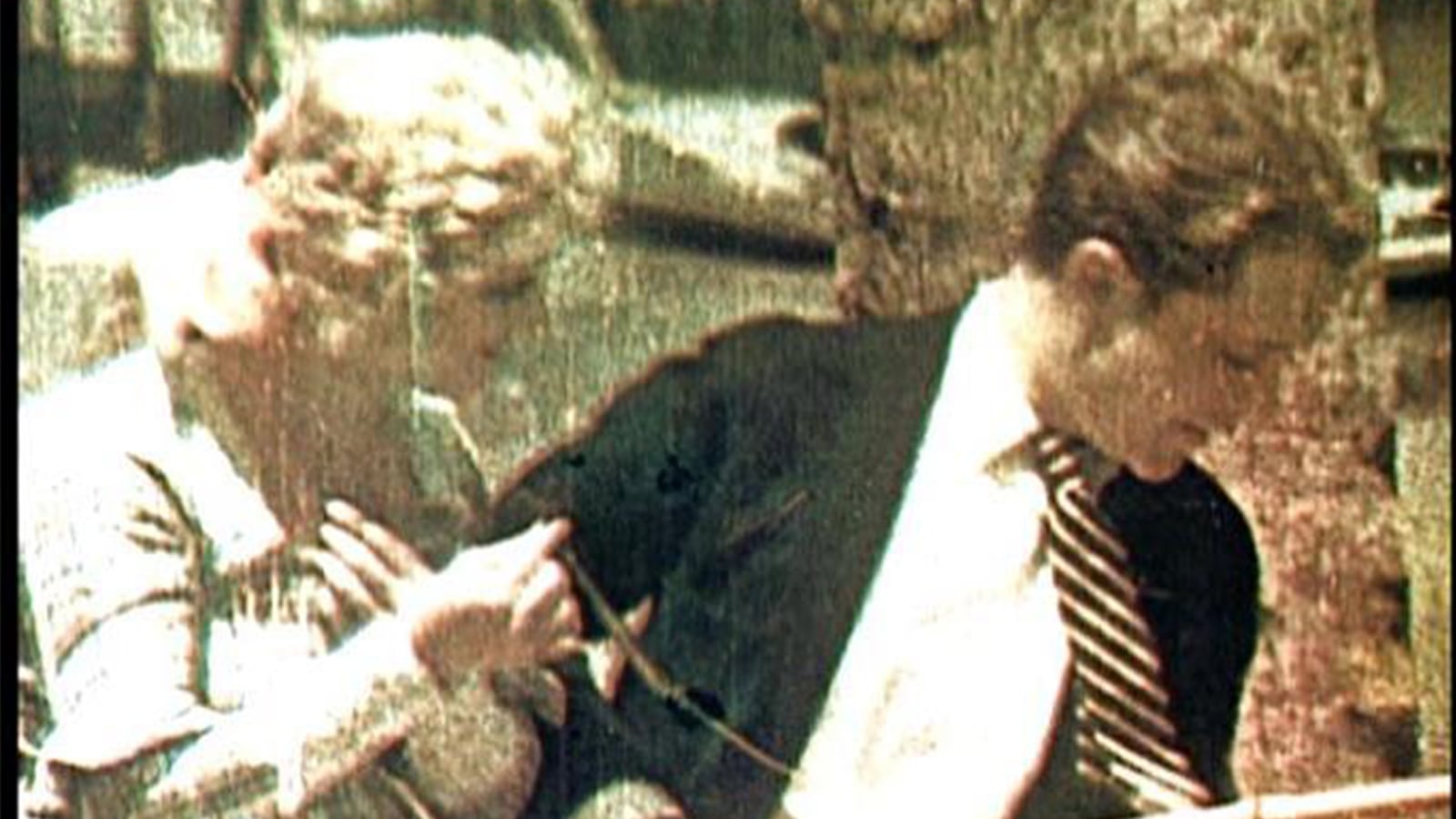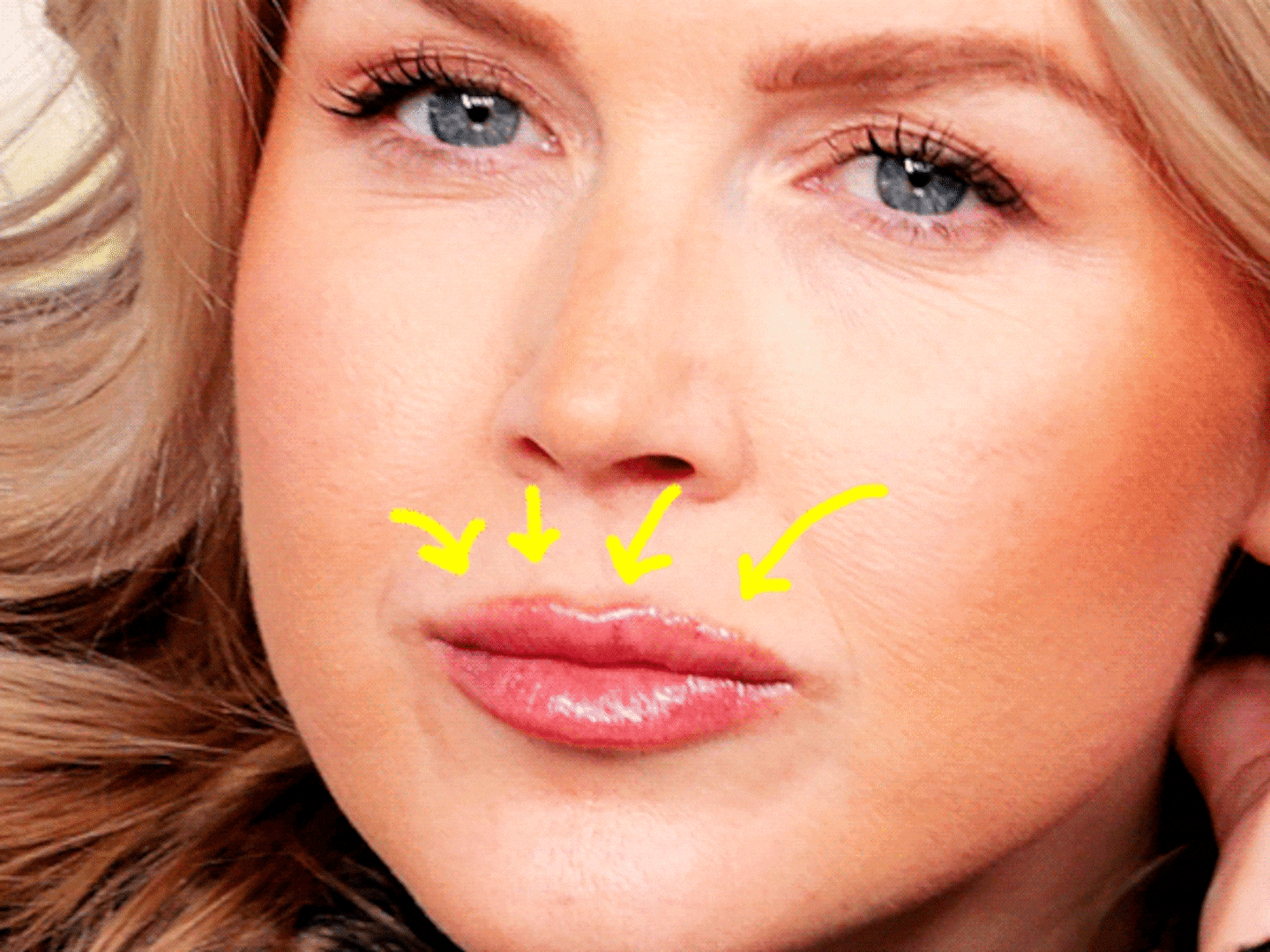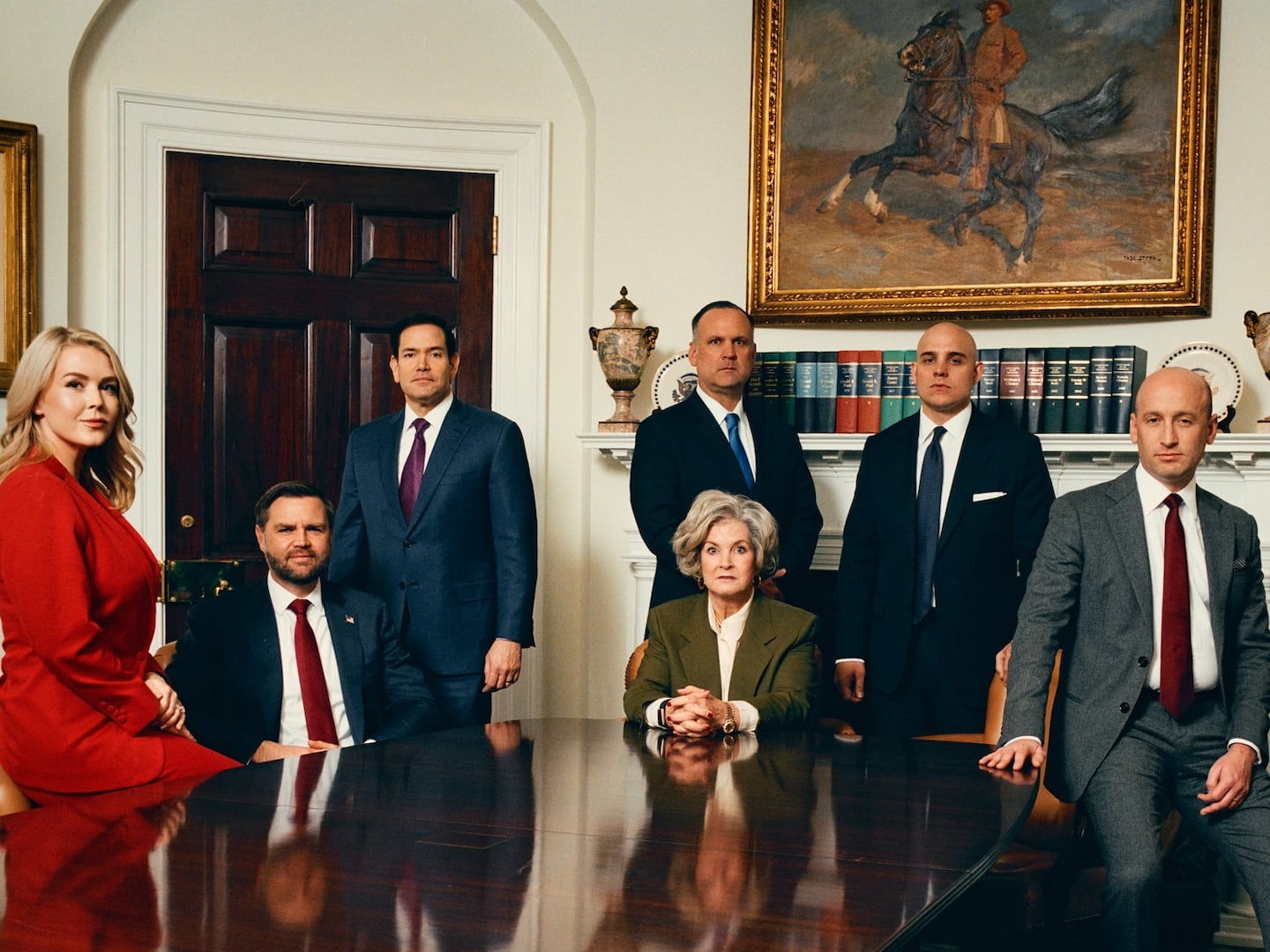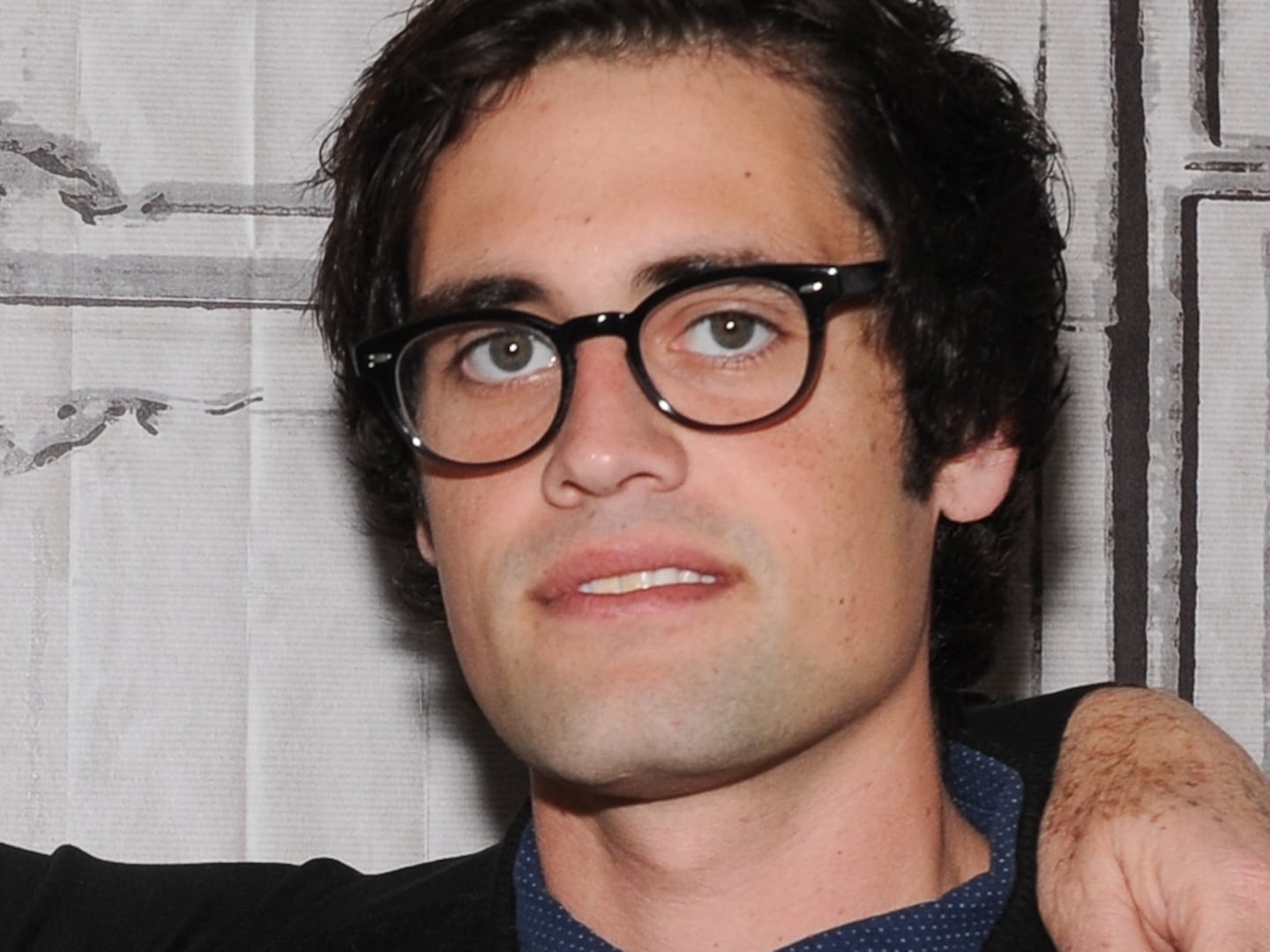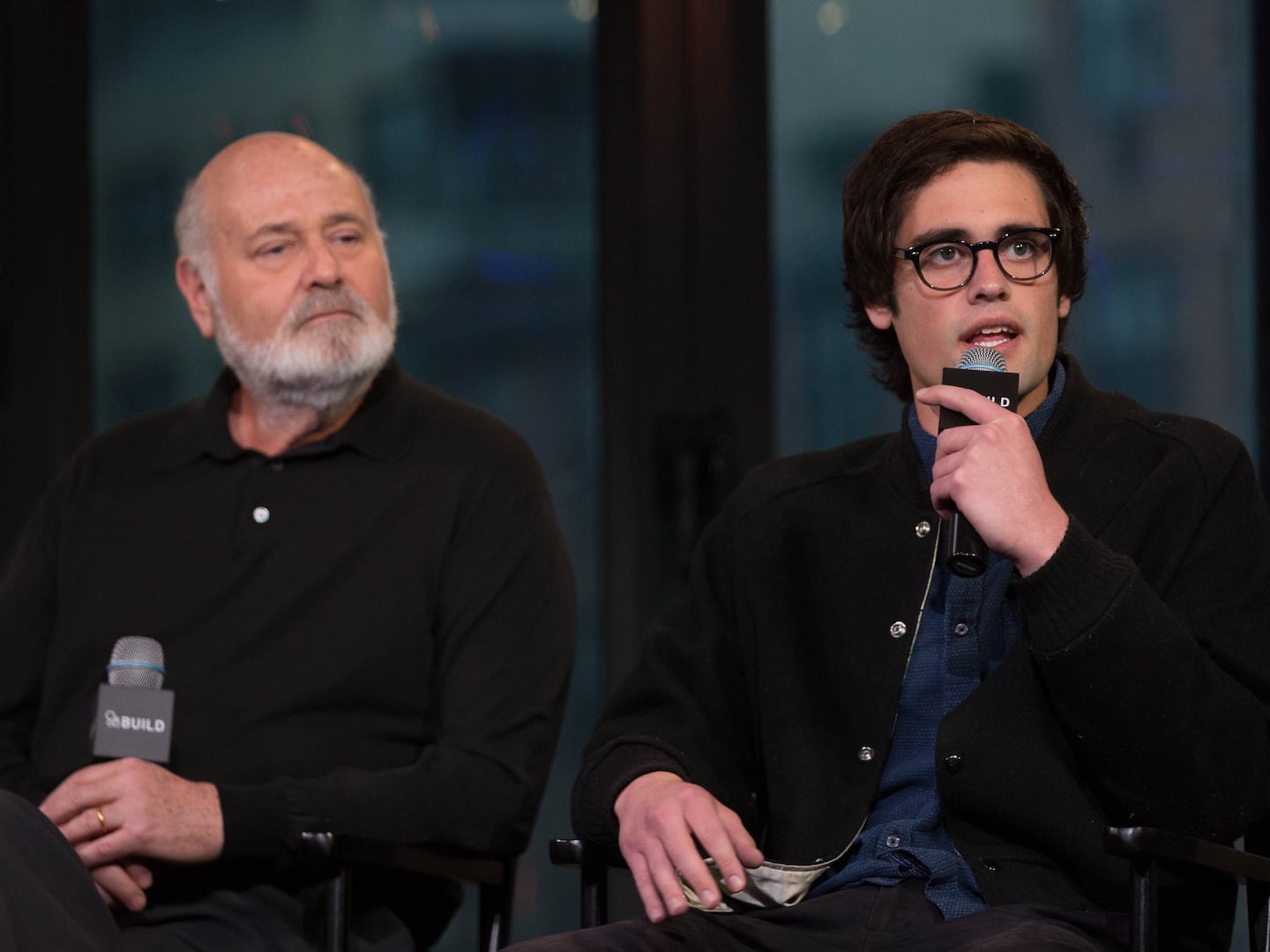It’s an all-too familiar historical cycle: revolutionary technology falls to the wayside as new and more exciting equipment emerges. Boxes of VHS tapes (and now DVDs) sit in storage, untouched for years. HD television no longer cuts it—we want the full three-dimensional experience from the comfort of our own homes. It’s hard to believe people were once entertained by silent films in black-and-white.
But, one hundred years ago, Technicolor changed everything. The Gulf Between, starring Grace Darmond and Niles Welch, was on its way to become the first American film to be shot in color.
Soon after, iconic blockbusters such as Gone with the Wind and Singing in the Rain blew fans away and soaked their eyes in “Glorious Technicolor.” The Wizard of Oz’s yellow brick road illuminated living rooms around the world, becoming the “most influential Hollywood film” ever.
“There were a lot of attempts to bring color to the movies,” James Layton, curator of George Eastman House’s most recent exhibition In Glorious Technicolor, told The Daily Beast.
France introduced Pathechrome at the turn of the 20th century, but the film tinting process never took off. In 1908, Kinemacolor sparked in Britain, capturing natural color for only six years. “But Technicolor was really the first to have a long lasting impact on the movie industry,” says Layton.
And the impact has withstood the test of time, which is why Layton—and the George Eastman House—wanted to celebrate its centennial with a landmark exhibition, opening up the largest archive of Technicolor memorabilia to the public in honor of its centenary.
“It’s really a way of making a lot of this collection accessible to people who wouldn’t be coming to contact with it,” Layton said, “but putting it within a framework of Technicolor’s history and where familiar films position with the development of the technology,” and with other films made at that time.
Original film strips and machinery as well as re-mastered footage and custom designed costumes give visitors a firsthand look at the entire creative process of some of Hollywood’s most admired films.
The process, developed by Technicolor’s founder Dr. Herbert Kalmus, didn’t record color directly onto film. Instead, multiple film strips filtered out light at various layers of grayscale (a gradient form of black-and-white) requiring special cameras, equipment, and lighting.
Then the multiple layers were put through a color dying process combining them to create pops of blue, peach skin tones and vibrant reds.
It was lengthy and expensive, and studios didn’t know if audiences would be receptive. So they only dipped one foot in to the color dying pool, capturing short sequences of color for mostly black-and-white motion pictures.
By the 1930s, sound was introduced and musicals became a box-office sensation. Technicolor really took off, receiving the funds to build new cameras and open up international labs for printing. When the 40s hit, things were booming for the company, and a lot of changes needed to be made within the industry.
Sets had to be built differently, costumes needed new designs and make-up artists had to adapt to the extra light illuminating the actors.
“Color design was something Technicolor wanted to control very carefully,” Layton said, “because they always wanted a very high quality product.”
So Kalmus would send “color consultants,” headed by his first wife Natalie Kalmus, to advise the studios and aid in designs. The flamboyant and brightly colored dress worn by Carmen Miranda in Weekend in Havana (1941) is just one of the examples on display at George Eastman House.

“There were a lot of stories about Natalie being very domineering and demanding of what studios had to do,” Layton added. Certain filmmakers and cinematographers would sometimes bypass her department to get what they wanted because she was so dead-set on her methods.
These designs are juxtaposed with costume and make-up test footage from films like Douglas Fairbank’s Black Pirate (1926). There are even home movies from the set of The African Queen (1951), featuring Katharine Hepburn and Humphrey Bogart.
Throughout the rest of the exhibition, equipment like the two-color camera from the 1920s (only ten have survived), the famous three strip camera which filmed most Technicolor productions, and wide-screen cameras from the 50s, can all be seen with original film clips.
But soon, others caught up with Technicolor and by the 1950s, George Eastman, the founder of Kodak, had introduced his own color film after decades of working alongside Kalmus.
The government had brought an anti-trust case against the two for working together to form what they considered a Monopoly.
Eastman’s Kodachrome film eliminated Technicolor’s costly color dying process, forcing it to become obsolete. The final dye-transfer prints were The Godfather Part II and Jaws. Personal artifacts and journals from these two inventors and the government case are also on display.
As Technicolor attempted to maintain one foot in the film business, it soon became invested in other aspects of the industry—not just within film and photography, but through transforming into a completely digital company with the acquisition by Thomson group, who rebranded itself under the Technicolor name in 2010.
What a huge slice of history, what a legacy. While videotapes have been supplanted by DVDs, and DVDs supplanted by online streaming, one bigger revolution underpins them all—the revolution of Technicolor, which sounds as amazing now as it did all those years ago.

